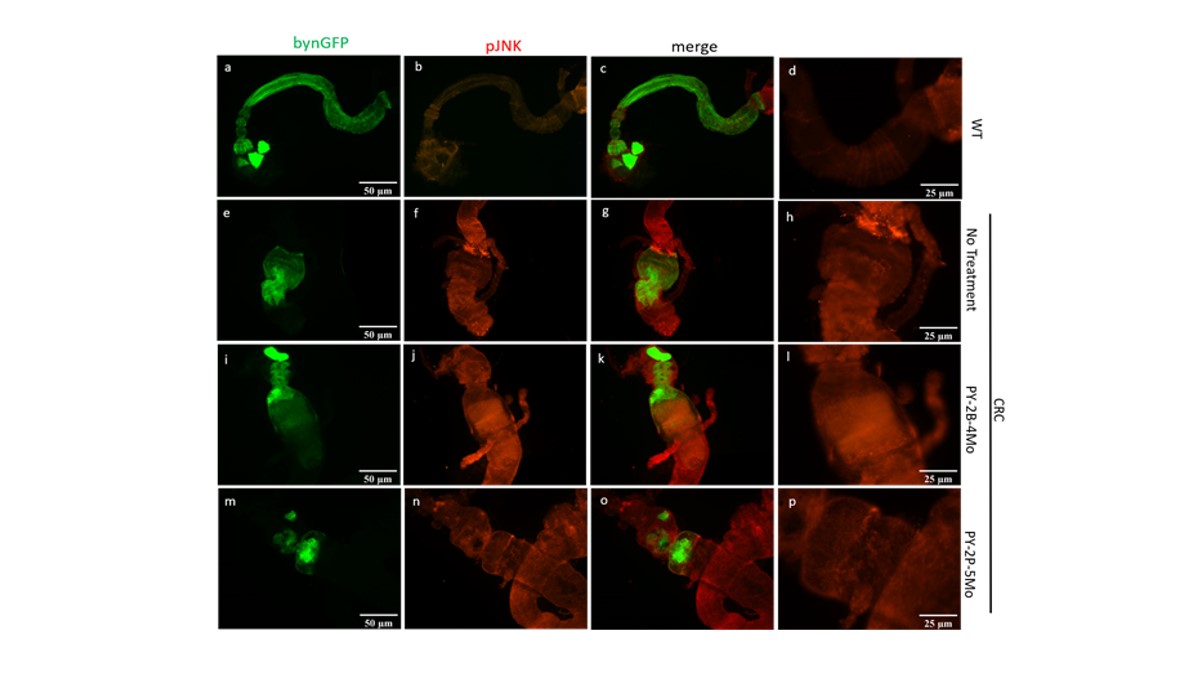Identifying the Issue
- Commonly used anti-cancer drugs come with the side-effects
- Need for better drugs to cure cancer
Objective of the Research
- To synthesize benzopyrylium salts with potent anti-cancer activity.
- To revolutionize cancer treatment by developing potent drugs that minimize side effects. Specifically, we’re focusing on benzopyrylium salts, compounds showing incredible promise in the fight against cancer.
Who should read this?
Research community working in cancer drug discovery and development, medicinal chemists, and the pharmaceutical industry.
Solution
Design and synthesis of benzopyrylium salts with potent anti-cancer activity.
Key Features and Benefits
- One-pot synthesis of benzopyrylium salts – streamlines production, making these potent compounds more accessible.
- Our compounds show Potent anti-cancer activity against colorectal cancer cell lines HCT-116, HCT-15, HT29, KM12, SW-620
- 5-Methoxybenzopyrylium salt acts as pJNK inhibitor as established by ex-vivo studies in Drosophila – This is significant because pJNK is a key target in cancer therapy
- Our studies in Drosophila melanogaster reinforce this, providing crucial insights into toxicity and efficacy.
Impact
- Potent compound 5-methoxybenzopyrylium salt acts as potent pJNK inhibitor. pJNK is an oncogenic target.
- The correlation between the docking studies and the experimental studies were established.
Team
- Dr. Prashant Rai, Department of Chemistry, Sri Sathya Sai Institute of Higher Learning
- Dr. Rohit Kumar, Department of Biochemistry, Institute of Science, Banaras Hindu University
- Jyotsna Singh, Department of Biochemistry, Institute of Science, Banaras Hindu University
- Prof. Srikrishna Saripella, Department of Biochemistry, Institute of Science, Banaras Hindu University,
- Prof. Nageswara Rao Golakoti, Department of Chemistry, Sri Sathya Sai Institute of Higher Learning
Title of paper: Synthesis, Characterization, In-Vitro and In-Vivo Anti-Cancer Evaluation of Novel Benzopyrylium Salts on Colorectal Cancer Model of Drosophila melanogaster
Read Paper Here: https://doi.org/10.1002/slct.202304328



